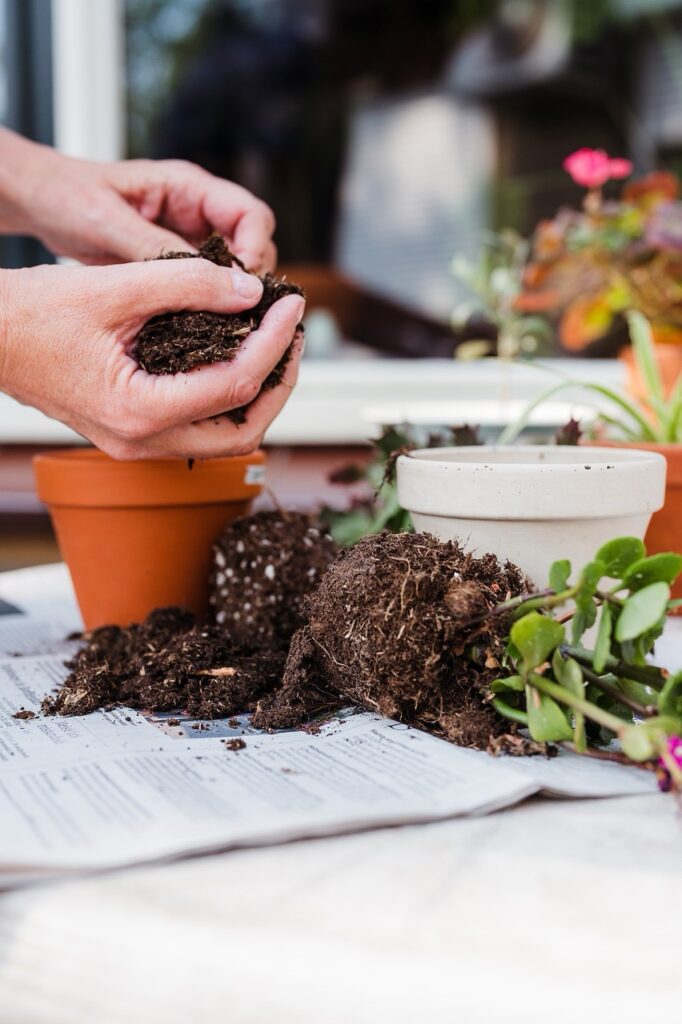Discover the Real Tradescantia Taking the Houseplant World by Storm
The houseplant market has experienced an explosion of interest in recent years, with plant enthusiasts seeking new and exciting species to bring into their homes. Among the many sought-after plants, Tradescantia stands out as a versatile, low-maintenance beauty that has surged in popularity.
However, there’s a twist: many of the Tradescantia species you see in stores may be misnamed, poorly identified, or even flaunting stage names designed to enhance their allure. Let’s delve into the real Tradescantia and uncover the truth behind these captivating plants.
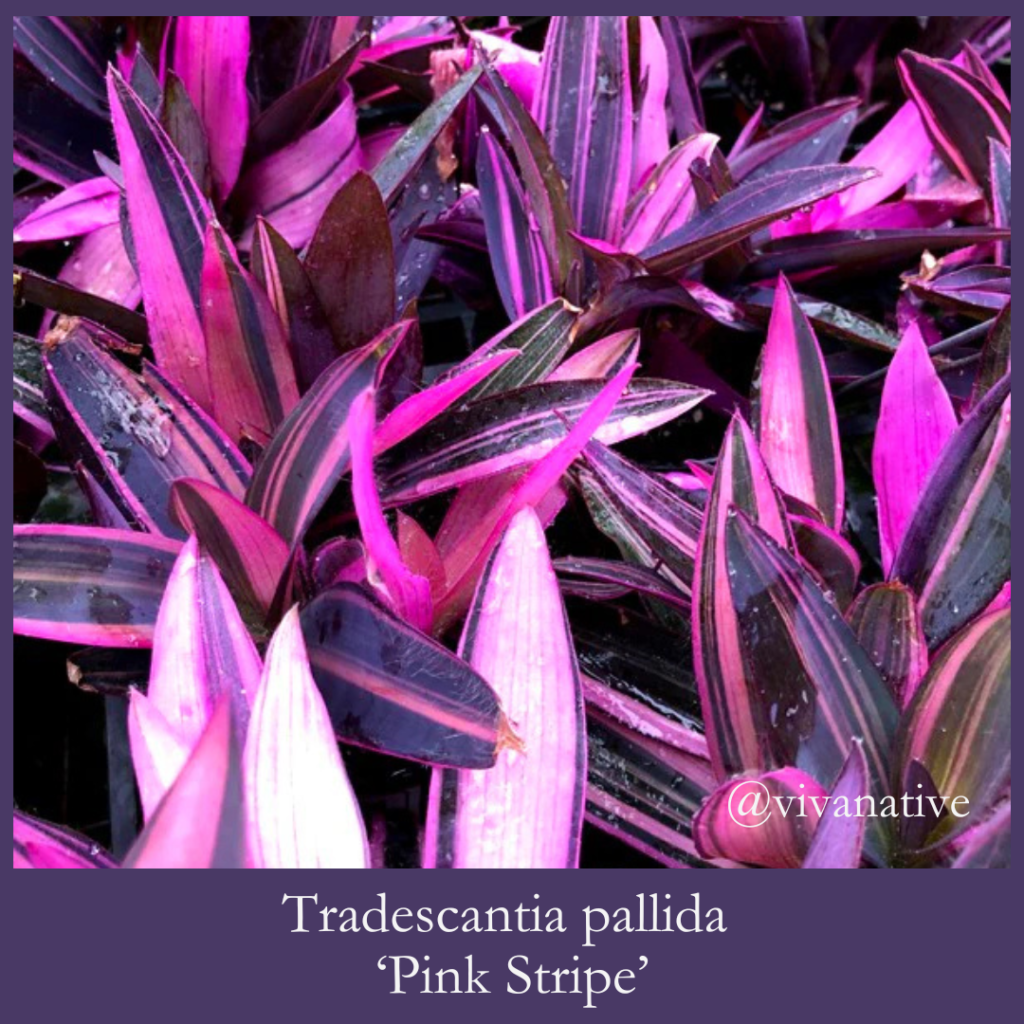
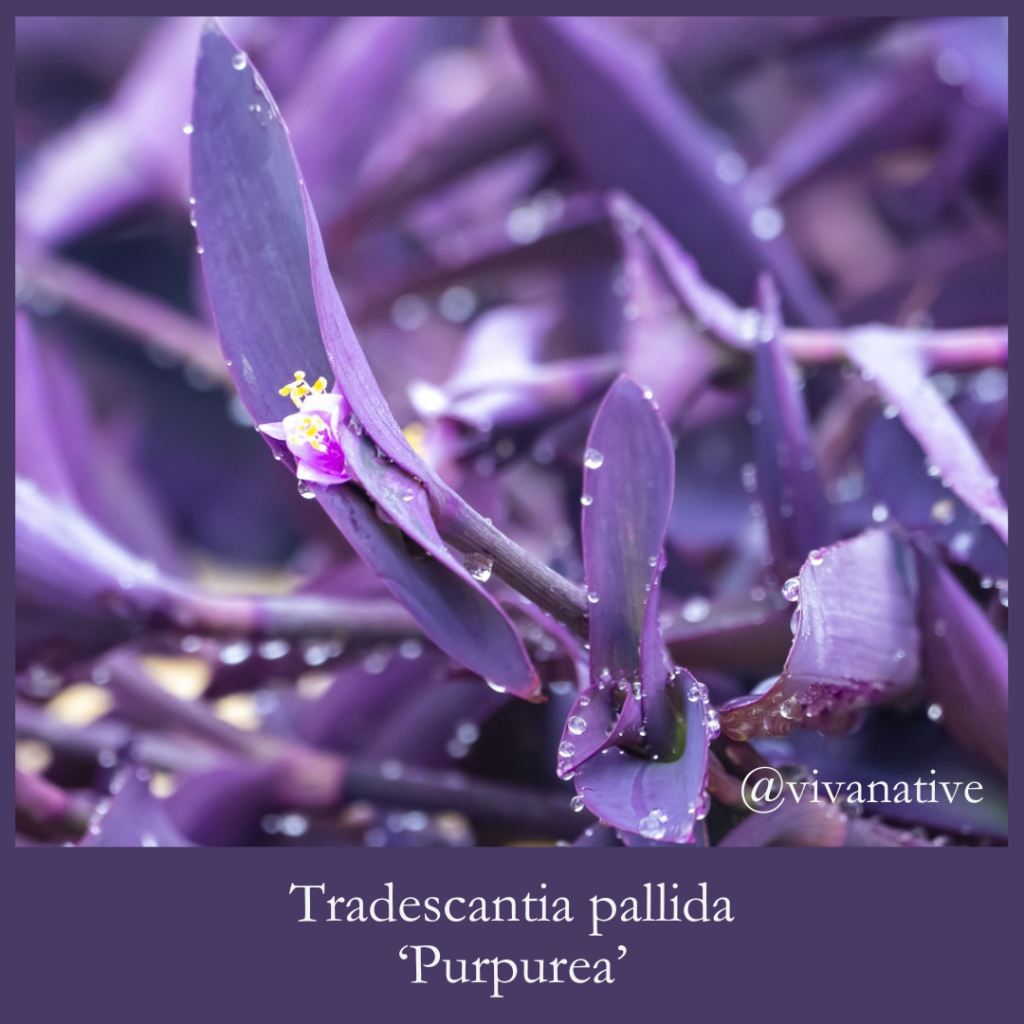
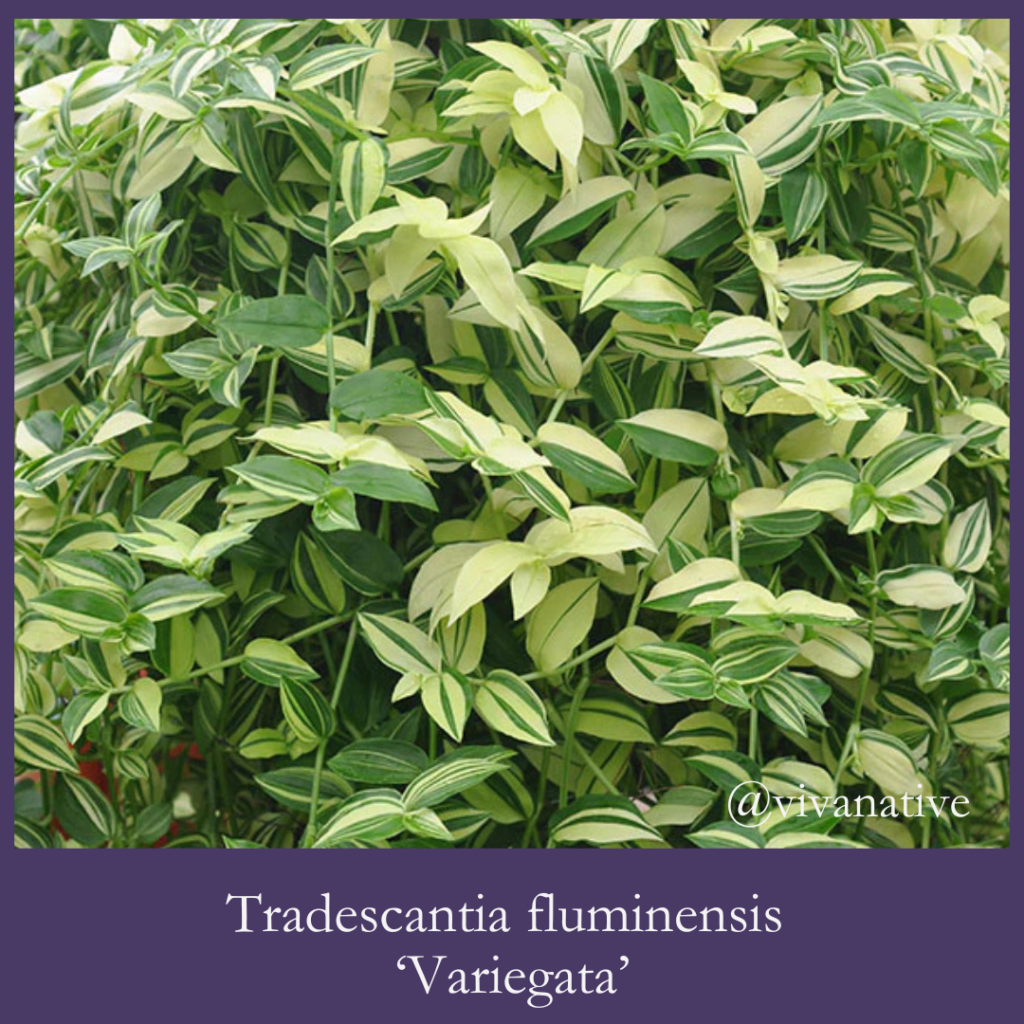
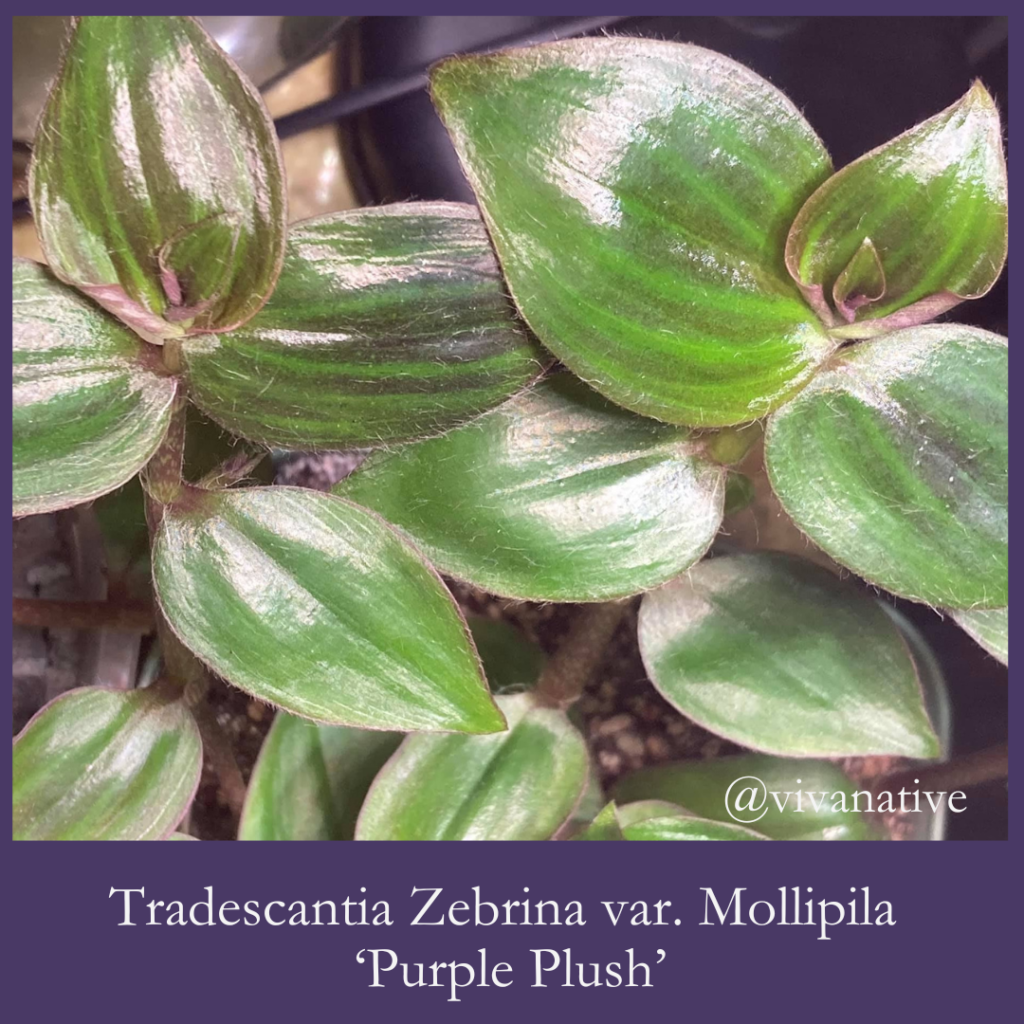
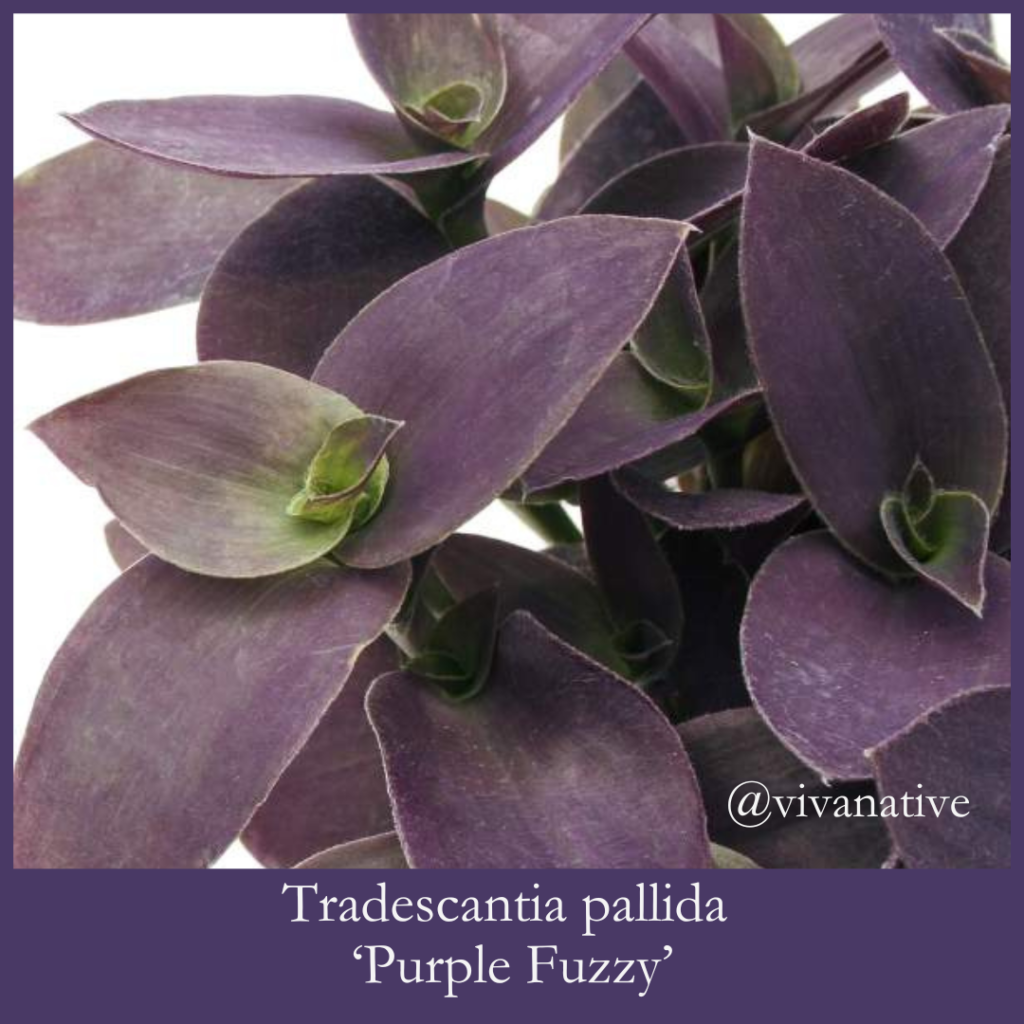
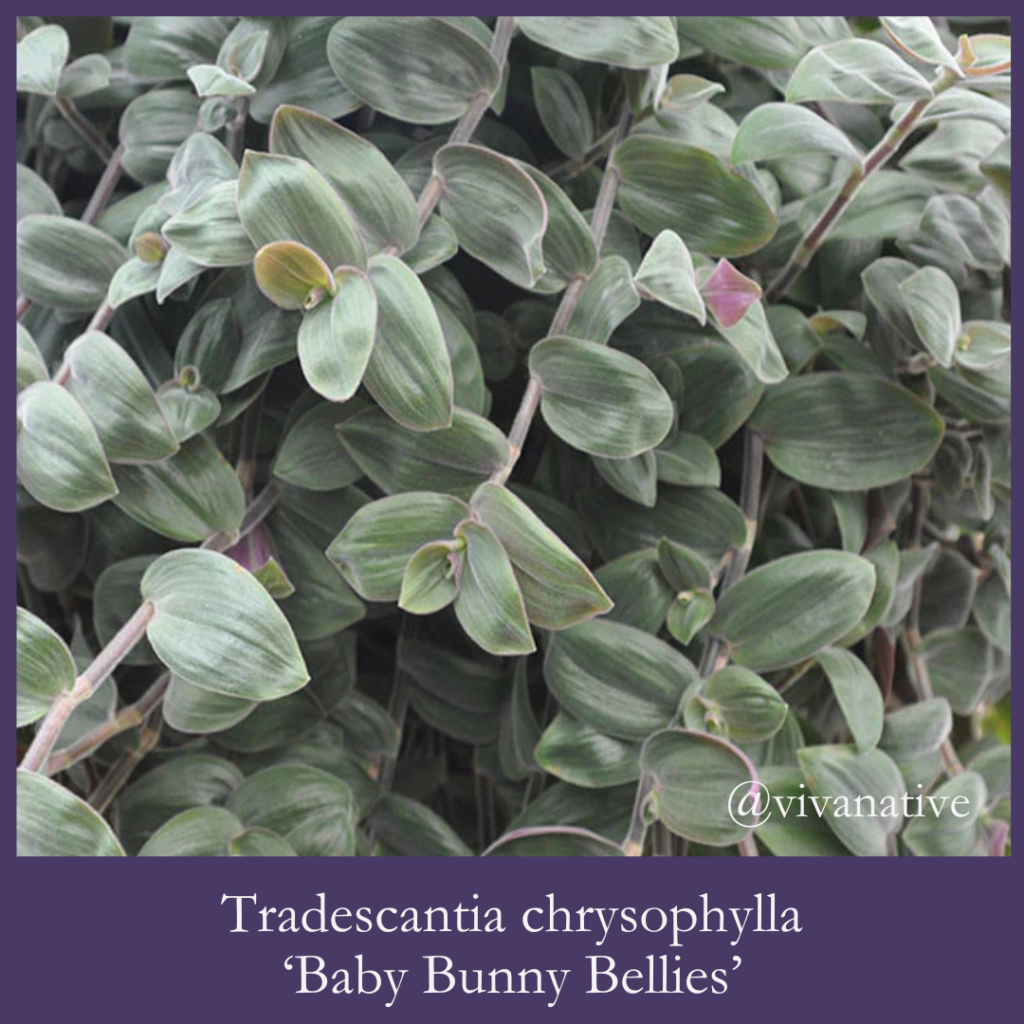
The Misnomer Dilemma
Many people refer to their beloved Tradescantia as “wandering jew,” a problematic and outdated name steeped in controversy. As houseplant enthusiasts have embraced more inclusive and respectful language, the name has fallen out of favor, being replaced by more accurate terms such as Tradescantia zebrina, Tradescantia fluminensis, or simply “inch plant.” However, even with these changes, the misnaming issue persists in plant shops and online stores.
Adding to the confusion is the wide array of Tradescantia hybrids and cultivars, many of which are misidentified or mislabeled. Some sellers attribute new, catchy names like “Purple Heart” or “Baby Bunny Bellies” to variations of Tradescantia pallida or Tradescantia species with no clear lineage. This has made it difficult for plant lovers to know exactly what they’re growing—and caring for.
A Stage Name for Success
In some cases, the mislabeling isn’t accidental—it’s part of a marketing strategy. As the demand for houseplants has grown, especially in the age of social media, some plant cultivators have given their plants stage names to make them more appealing. A Tradescantia with green and white variegated leaves might be marketed as “Silver Glory” or a purple-hued variety called “Amethyst Glow.” While these names sound enchanting, they rarely reflect the true botanical nature of the plant.
This commercial trend isn’t entirely negative, though. It allows plant growers to creatively highlight different cultivars and varieties that might otherwise get lost in the crowd. These names spark curiosity, making it easier for consumers to connect with a plant that resonates with their aesthetic or personality. However, the downside is that the botanical accuracy can sometimes be lost in the process.
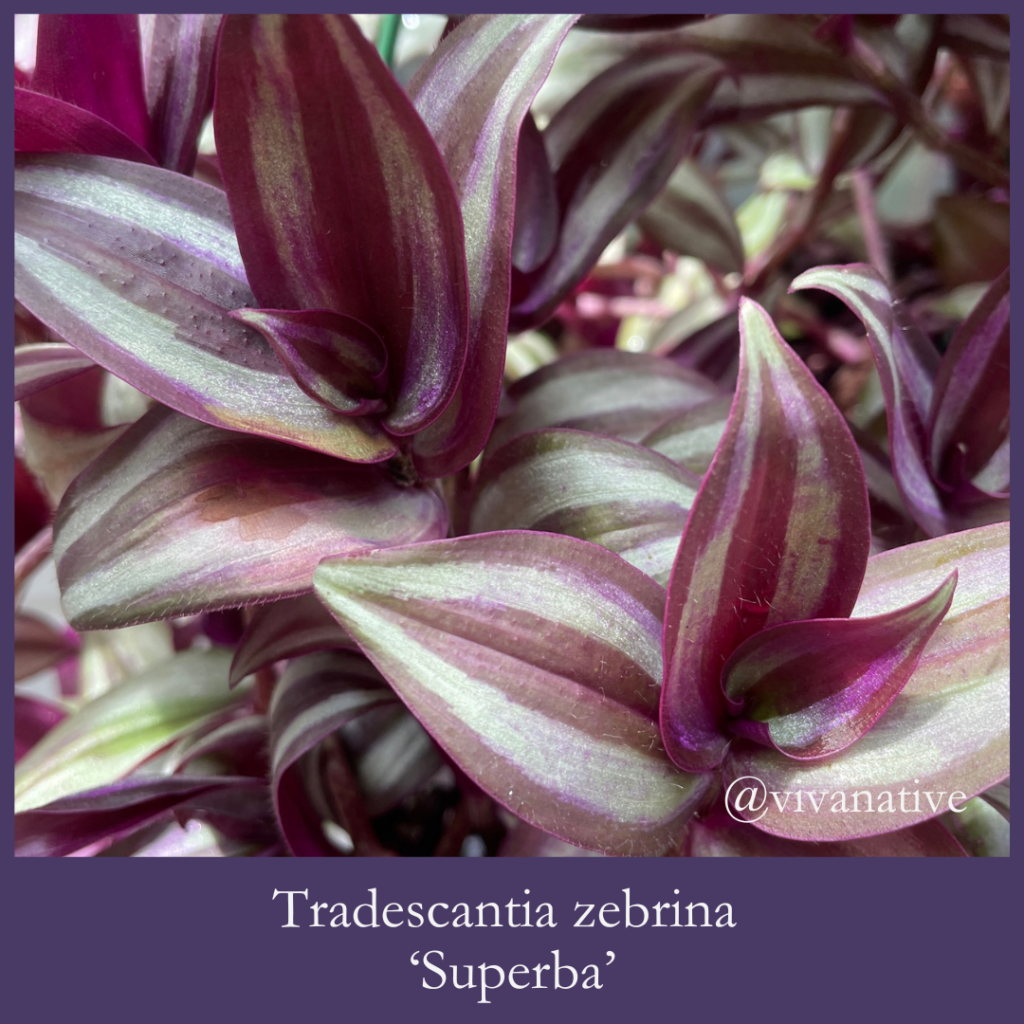
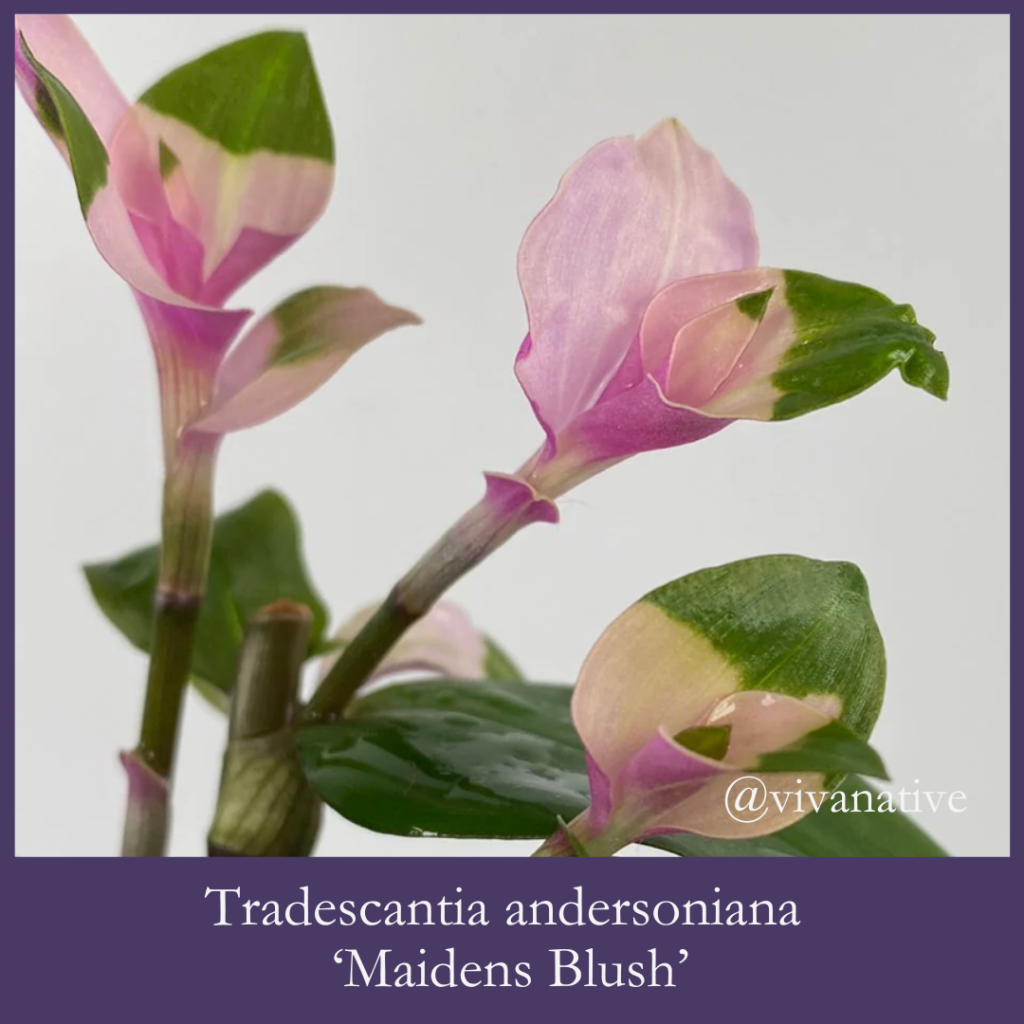
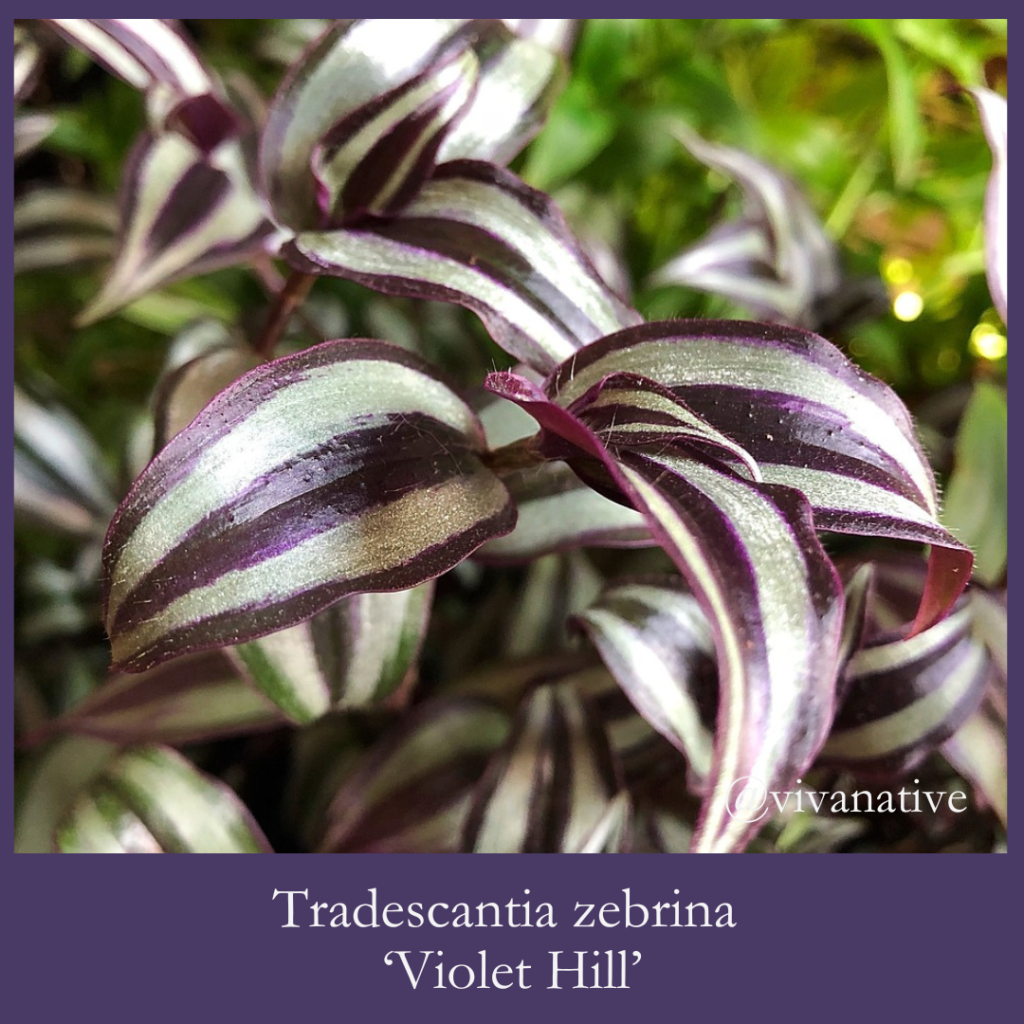

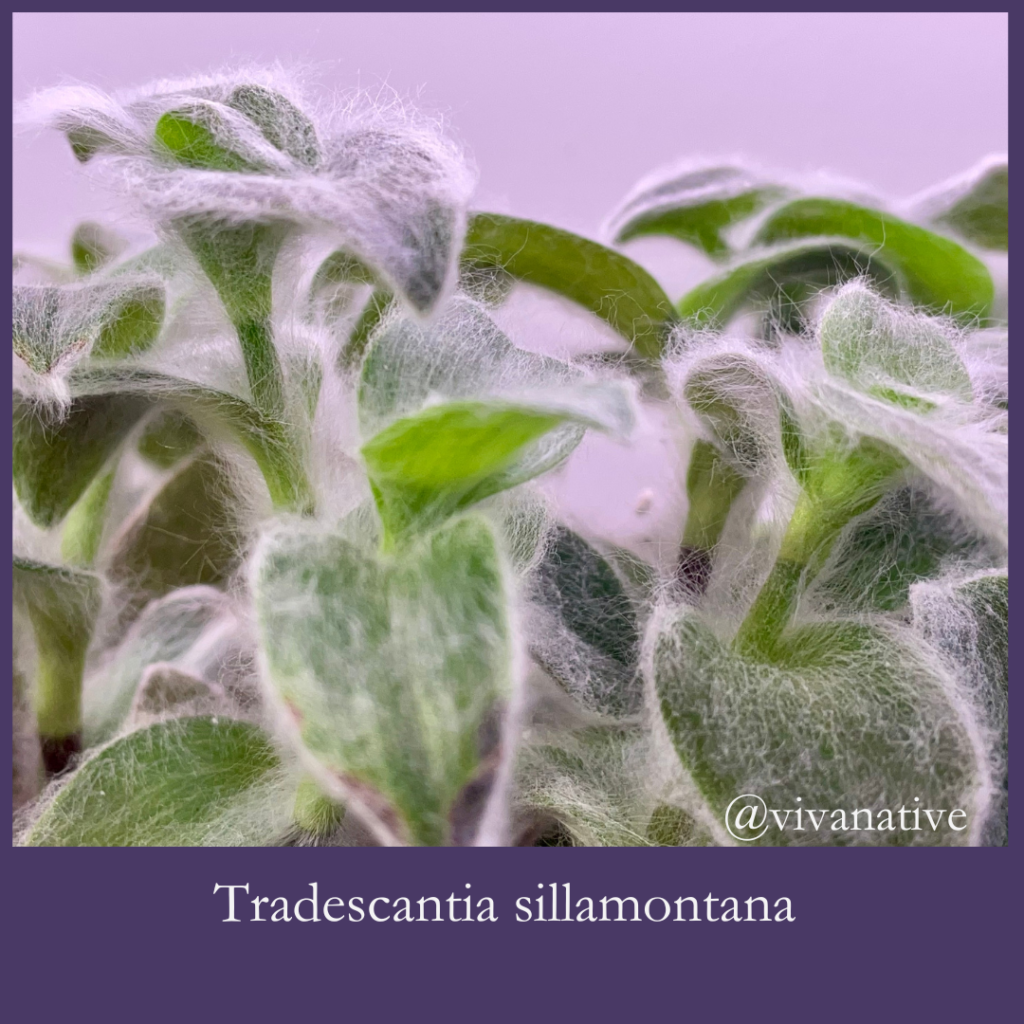
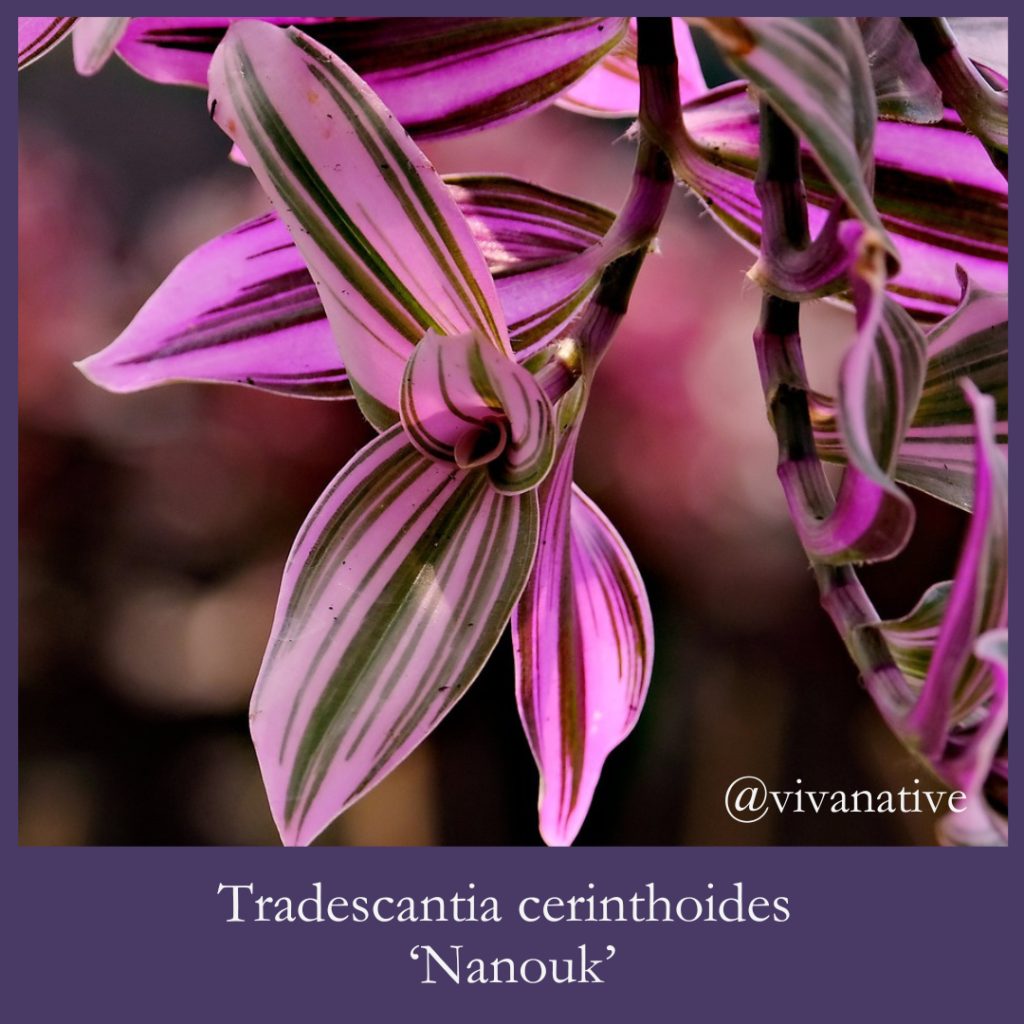
The Real Tradescantia: Easy, Adaptive, and Unstoppable
Despite the confusion surrounding their names, the Tradescantia family remains one of the easiest and most forgiving houseplants to grow. Native to the Americas, these plants thrive in a variety of environments, from humid jungles to dry, rocky outcrops. As houseplants, Tradescantia species are adaptable and can tolerate neglect while still producing striking foliage.
What makes Tradescantia so appealing? First, they are visually stunning. The zebra-like stripes of Tradescantia zebrina, the deep purples of Tradescantia pallida, and the soft, fuzzy leaves of Tradescantia sillamontana bring texture and color to any indoor space. They are also fast growers, sending out long trailing stems that can be shaped, pruned, or allowed to cascade from hanging pots.
For those looking for a plant that propagates easily, Tradescantia delivers. A single cutting placed in water or soil will quickly root and produce new growth, making it a favorite among plant lovers who enjoy sharing cuttings with friends. Its resilient nature also means it’s difficult to kill—perfect for beginners who might not have perfected their green thumb yet.
Identifying Your Tradescantia: Tips for Plant Enthusiasts
For the curious plant parent who wants to know exactly what species or cultivar they have, a bit of detective work is in order. Here are a few tips to help identify the real Tradescantia growing in your home:
1. Examine the Leaves: The shape, color, and texture of the leaves are key indicators of species. For instance, Tradescantia zebrina typically features green, purple, and silver striped leaves, while Tradescantia pallida has long, solid purple leaves.
2. Check the Stems: Different species have distinct stem characteristics. Tradescantia zebrina stems are often succulent and trailing, while Tradescantia sillamontana features fuzzy stems that can help distinguish it from others.
3. Look for Flowers: Though not always a focus in houseplant culture, Tradescantia species do produce small, three-petaled flowers. The color of these blooms, often white, pink, or purple, can help in identifying specific species.
4. Research the Grower: Many commercial growers will list the scientific name on their website or product tags. If you’re unsure, checking the grower’s reputation and plant lists can often provide clarity. A great UK site for Tradescantia lovers Why You Should Grow Tradescantia
If you’re looking for a houseplant that brings a mix of beauty, ease, and versatility, the real Tradescantia is a perfect fit. Beyond their aesthetic appeal, they’re tough, adaptable, and perfect for anyone new to houseplants or seasoned collectors alike. Whether you’re attracted to their striking foliage, their hardy nature, or the sheer joy of propagating new plants, Tradescantia offers something for every plant lover.
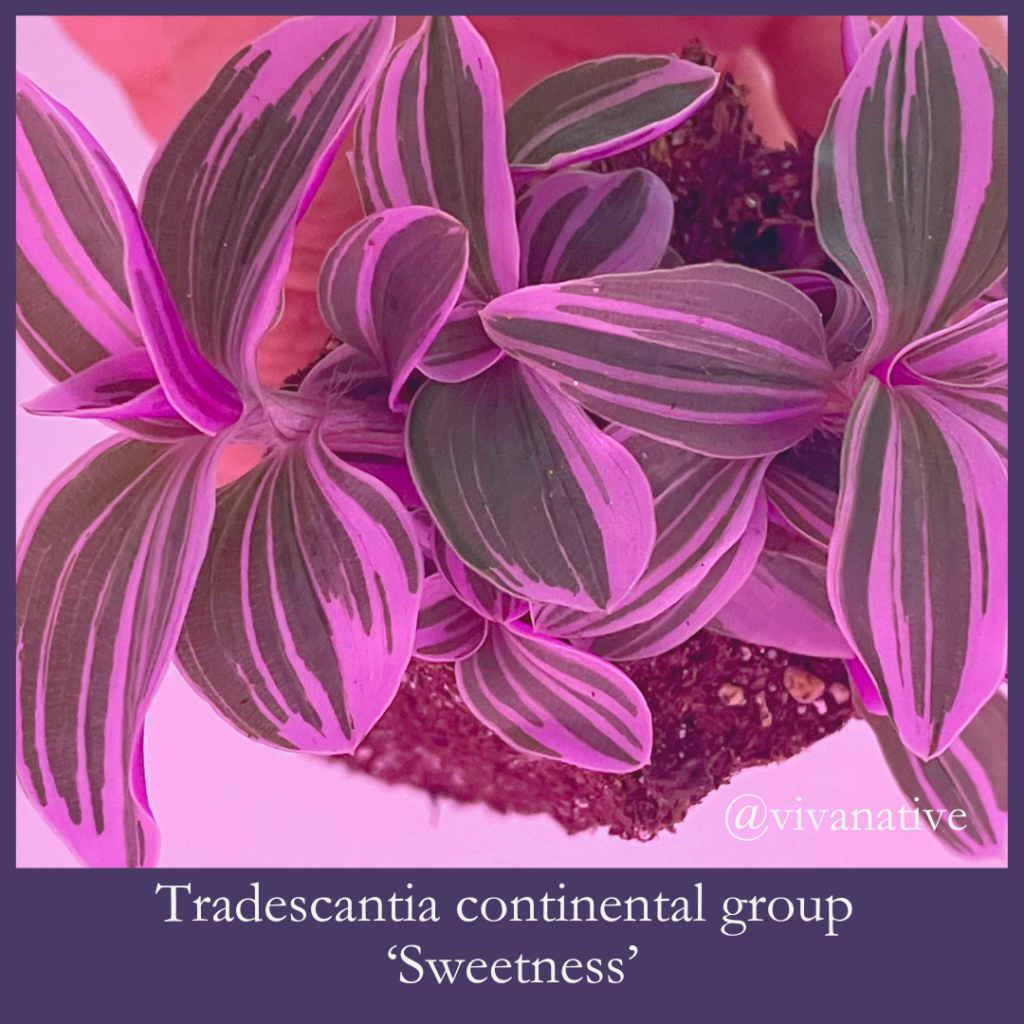
So, the next time you find yourself in a plant shop, don’t be fooled by the fancy names or mislabeled species—embrace the real Tradescantia, the plant that’s quietly and confidently taking the houseplant world by storm.


